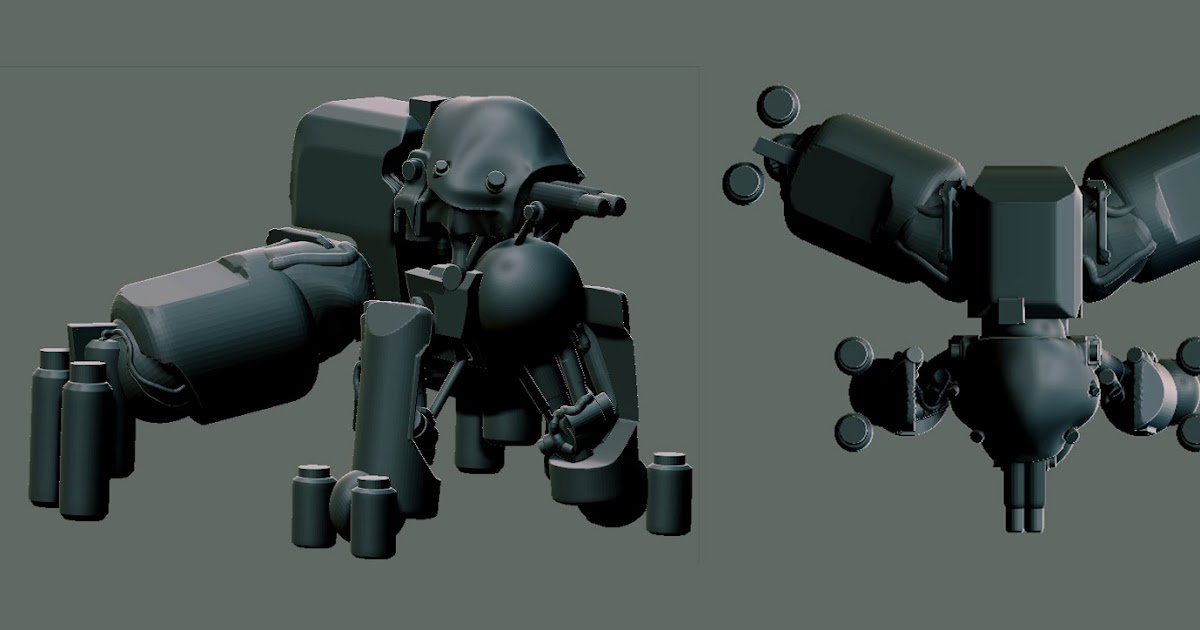

The earliest saddle, inscribed with the year Kan’ei 19 (1642), features a motif of twisting vines with berries. Recent research on the NGV saddles dates them to the early Edo period, with possible re-lacquering undertaken later during that period.

Japanese saddles and stirrups, quite different from those used in Europe, were coated in elaborate motifs of auspicious, authoritative or literary association and, along with armour and other accessories, further contributed to a samurai’s noble image and individual personality. Three sets of horse saddles and matching stirrups, decorated with ornate taka maki-e relief lacquered designs, were also acquired during the same period. Such dramatic and visually foreboding attire, worn by a fierce sword-wielding warrior thundering into battle on horseback, must have created an image of heart- stopping ferocity embodying the spirit and the age of the samurai.

Produced during the Edo period (1600-15–1868), this suit of armour was created in the style of eleventh- or twelfth-century cavalry armour – its scales joined by gradating tones of blue lace – and is accompanied by an elaborate helmet featuring golden horns (wakidate kuwagata), suede-covered visor (mabizashi) and large turn-back deflectors (fukigaishi) on both sides. Over the past year, NGV conservator Suzi Shaw has dedicated many hours to the research, treatment and assemblage of Japanese armour so as to allow this hidden treasure to take centrestage at the entrance of Bushido: Way of the Samurai. Due to the NGV’s ideal storage conditions, the armour’s silk, lacquer, leather and metal components have been preserved in excellent condition. Since arriving in Melbourne 125 years ago, the suit has been stored in boxes, unassembled, in many parts. The kozan gusoku –style suit of armour, acquired from an unrecorded source in 1889, has never been exhibited before. Developed during the 1500s in response the advent of firearms, this style of armour was constructed from large, bulletproof iron plates. The tosei gusoku armour, with circular dragon motifs, was gifted to the Gallery in 1888 by Mrs Henry Darlot, the widow of one of Victoria’s first pastoralists. The two suits of armour represent the two main Japanese styles of historical armour: the so-called ‘modern’ tosei gusoku style, and the old-fashioned kozane gusoku style. The exhibition features some of the first Japanese items acquired by the National Gallery of Victoria in the 1880s, including two suits of armour, three sets of saddles and stirrups, a complete set of horse trappings and several lacquered ceremonial hats. It was during the Heian period (794–1185), however, that individual warrior clans developed the characteristic style of Japanese armour and weaponry that has come to universally represent samurai culture. The origins of samurai culture can be traced to ancient ceramic figures of warriors and surviving suits of heavy armour from the Kofun period (300–710). The exhibition showcases the armaments and attire of samurai in the form of armour, swords, guns, helmets, costumes and horse saddles displays the samurai’s cultural pursuits in the form of Noh theatre costumes, calligraphic scrolls, lacquer objects and tea utensils and relives epic tales of the samurai through representations of historical events in large screen paintings and dramatic woodblock prints. Bushido: Way of the Samurai introduces the samurai as both warriors and men of refined culture. This military aristocracy aspired to a life of spiritual harmony, devoted equally to the art of war and the fine arts.
#Way of the samurai 1 main character code
From the twelfth century through to the Meiji Restoration and modernisation of Japan in 1868, shoguns, regional lords and their warrior retainers ruled the country and lived according to a rigorous code of ethics.

The art and culture of the samurai encompasses more than 800 years of Japan’s history and creative past.


 0 kommentar(er)
0 kommentar(er)
